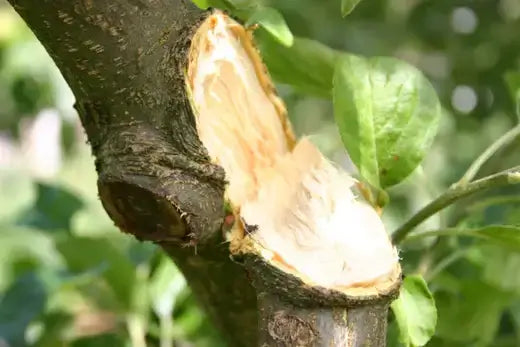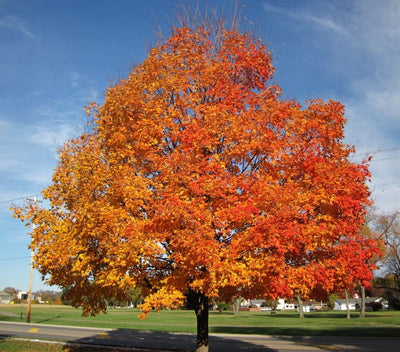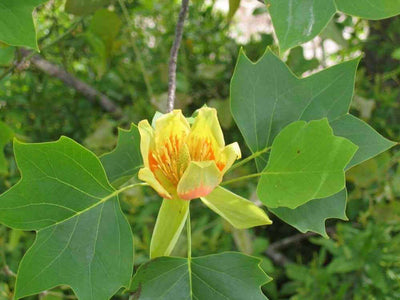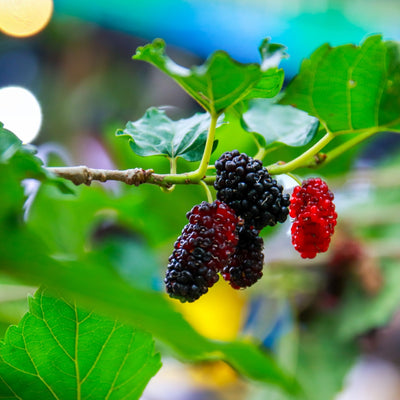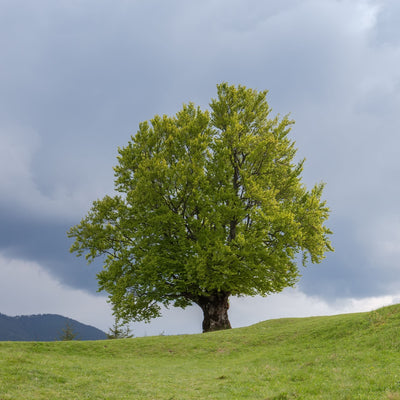A Wounded Tree Care Guide: How to Heal Your Damaged Trees
In case of damage due to storms or the more dreaded fate of landscaping injuries, don’t panic. Trees can often withstand a lot of damage, but with the appropriate tactics, a lot of healing can take place. The right care can assist a tree in healing while simultaneously reducing infection, decaying, and damage. Here’s everything you need to take care of a tree.
Assessing the Damage
If a tree is wounded, the very first step is to assess the injury to gauge how serious it is. Damage can vary from minor wounds where the bark gets scraped to very serious wounds which can damage the cambium layer—the layer of living tissues below the bark. How serious the injury is will help you decide how much care the tree requires. Below is how you can assess the damage:
-
Minor Bark Damage: If the tree is scraped and has minor wounds, as long as the cambium layer is not damaged, the tree can recover by itself and will require no help.
-
Severe Damage: If the wound is deep into the trunk, it might require more attention. Deep wounds have a higher chance of requiring professional help.
Cleaning and Sanitizing the Wound
Now that the damage has been evaluated and assessed, the focus must be put on cleaning the wound. Use the steps below to perform it right.
-
Wound healing must begin as soon as possible. Delay in healing can increase the chances of complications and worsen the overall condition. Round the edges for faster healing.
Abstention
The temptation of applying a wound dressing may appear to be a reasonable approach to securing the wound, however, it is discouraged. Sealants can cause moisture to be retained and start a decaying process alongside fungal growth. Allow the organic factors to take control. The system of the tree will start to incompletely isolate the wound. The process is compartmentalizing the area and the rest of the tree.
Pruning and Caring During Recovery
Once the wound has been taken care of, the next focus should be on the general care aimed at helping the tree recover. General recovery care includes the following:
-
Pruning of Dead and Broken Branches: Damage control must be taken on any broken limbs and prune to prevent any further damage. Clipping a bit outside the protective collar helps retain the tree's protective barriers.
-
Providing enough hydration and nutrients: To treat the tree, give it some slow-release fertilizer and hydrate it during the dry seasons to ensure that the tree is well taken care of.
-
Help of a specialist: If the tree has more complicated damage, the help of an arborist will come in handy to aid in the decision of whether it can be saved or must be removed for safety reasons.
Be on the Lookout for Signs of Decay or Infections
Check if the tree has any signs of an infection after the cleaning and pruning have been done. Look out for signs like the bark being more colored than normal, fungus, or sap coming out. All these signs indicate that the tree is not recovering properly. In cases of infection, it is best if the tree is left to a professional to aid in the wound healing.
Long-Term Care for Continued Healthy Growth
Even once a tree starts to heal, it may take some time for it to fully recover. Make sure the tree continues to receive proper care, including:
-
Mulching: Mulch helps keep soil moisture. It also helps cool or warm the soil. This aids the tree in recovering.
-
Avoiding Further Stressors: Stressors like construction and heavy foot traffic, which can impede healing, must be prevented.
If given proper care and plenty of time, many trees can heal fully from wounds and continue to thrive.
Examples of Trees That Are Able to Heal from Wounds
-
Elm Trees: Known for their toughness, Elm trees usually recover from injuries to the bark and branches quite well.
-
Silver Maple: The Silver Maple is a quick-growing, resilient tree that can recover from minor injuries.
-
Tulip Poplar: The Tulip Poplar is a remarkably beautiful tree that is often resistant to disease and can sustain some damage to it if properly cared for.
-
Mulberry Trees: The Mulberry trees are also hardy trees and able to heal wounds with proper care.
-
Beech Trees: These Beech Trees are able to recover from bark wounds and, with good care, grow strong.
Take Care of Your Tree’s Health with TN Nursery
If you want current trees to be nurtured or want to plant new trees, you must visit TN Nursery, which is a well-known online nursery store. TN Nursery has a variety of trees, plants, and estimated gardening supplies to aid you in sustaining the greenery you own. Get on our website and choose the plants you want and guarantee they will be healthy and full of life for the years to come.
FAQs
How to care for a tree wound?
Care for tree wounds involves evaluation, cleaning the area with sterilized equipment, and lopping off broken limbs. Do not apply sealant. Keep the tree well-watered and well-fed, and check for any signs of infection. The tree will eventually heal the wound itself.
Should you seal a tree wound?
No, tree wounds do not heal with the application of any sealant. Sealants almost always promote the growth of rot and can foster the development of fungus. The tree, for its part, will seal the edges and restore the area, thereby compartmentalizing the infection.
How long does a tree wound take to heal?
The tree's wound healing time is contingent upon its size, as well as the tree’s overall vitality. Smaller wounds can take a matter of months, while larger ones can take several years to heal fully. Altogether, timely watering and pruning aid the trees the most.
What is the best tree wound dressing?
The best way to take care of a tree wound is to let it heal on its own, without any treatment, dressings, or sealants. Just clean the wound and make sure the tree gets enough water and nutrients, and the tree will be able to heal and seal the wound on its own.
How to save a damaged tree?
To help a damaged tree, take a careful inspection of the wound. Prune any damaged branches and give the tree the right nutrients and water while taking care not to overstress the tree. In critical circumstances, it is best to ask an arborist whether it is possible to save the tree or whether it is better to remove it.
How long does it take for trees to heal?
The time it takes trees to heal depends on the type of wound and the general health of the tree. Minor wounds on the tree can heal in a few months, but the more severe the wound, the more years it will take to heal. Caring for the tree and monitoring its health can help it recover faster, and will make it stronger.
